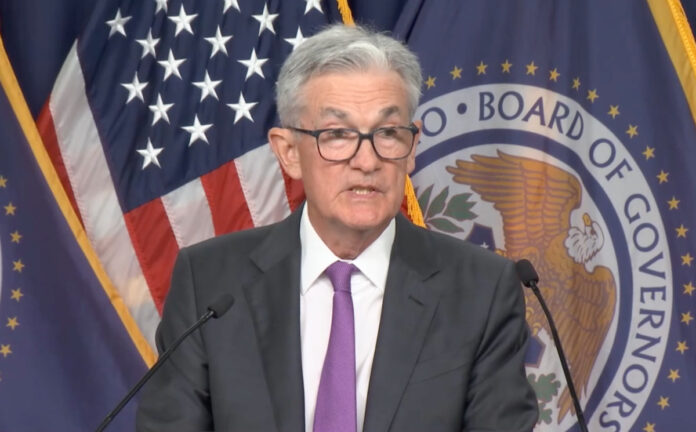The Federal Reserve in its July meeting opted to boost the base rates 0.25 as expected after choosing not to raise rates at the previous meeting.
Rates now stand in the 5.25 to 5.5 percent range. It’s the 11th hike in about 18 months, making for a 22-year high.
While the economy has responded positively to the recent litany of Fed moves, analysts feel the mindset is to continue moving the needle until inflation returns to 2 percent. While down from its height above 9 percent, inflation remains high at 3.6 percent, and concern persists regarding a recession later this year or early 2024.
It’s the Fed both playing it safe and being persistent. And with the July hike the FOMC likely will take a “wait and see” approach through the remainder of 2023. If it continues to view June as a turning point rates will stand, though if consumer spending continues to rise perhaps there will be one more hike in the fall.
To date, there is no indication of when the Fed might begin to reduce rates.
The market impact of Fed moves remains unseen for weeks or months. The drivers that brought the economy back down to 3.6 percent inflation is based on what the Fed was doing last year, easing in the bond markets and boosting rates as high as 75 basis points at at time. So the foot is off the throttle a bit, but we probably need more pressure to land safely.
There continues to be high employment and consumer sentiment remains strong despite the higher cost of living.
“In determining the extent of additional policy firming that may be appropriate to return inflation to 2 percent over time, the committee will take into account the cumulative tightening of monetary policy, the lags with which monetary policy affects economic activity and inflation, and economic and financial developments,” the Fed stated in a public release.
At the core of the Fed’s responsibilities lies its control over monetary policy. The Federal Open Market Committee, comprised of members from the Federal Reserve Board and regional Federal Reserve Bank presidents, determines the course of this policy. By adjusting interest rates and managing the supply of money and credit in the economy, the Fed aims to foster conditions that support maximum employment, stable prices, and moderate long-term interest rates.










